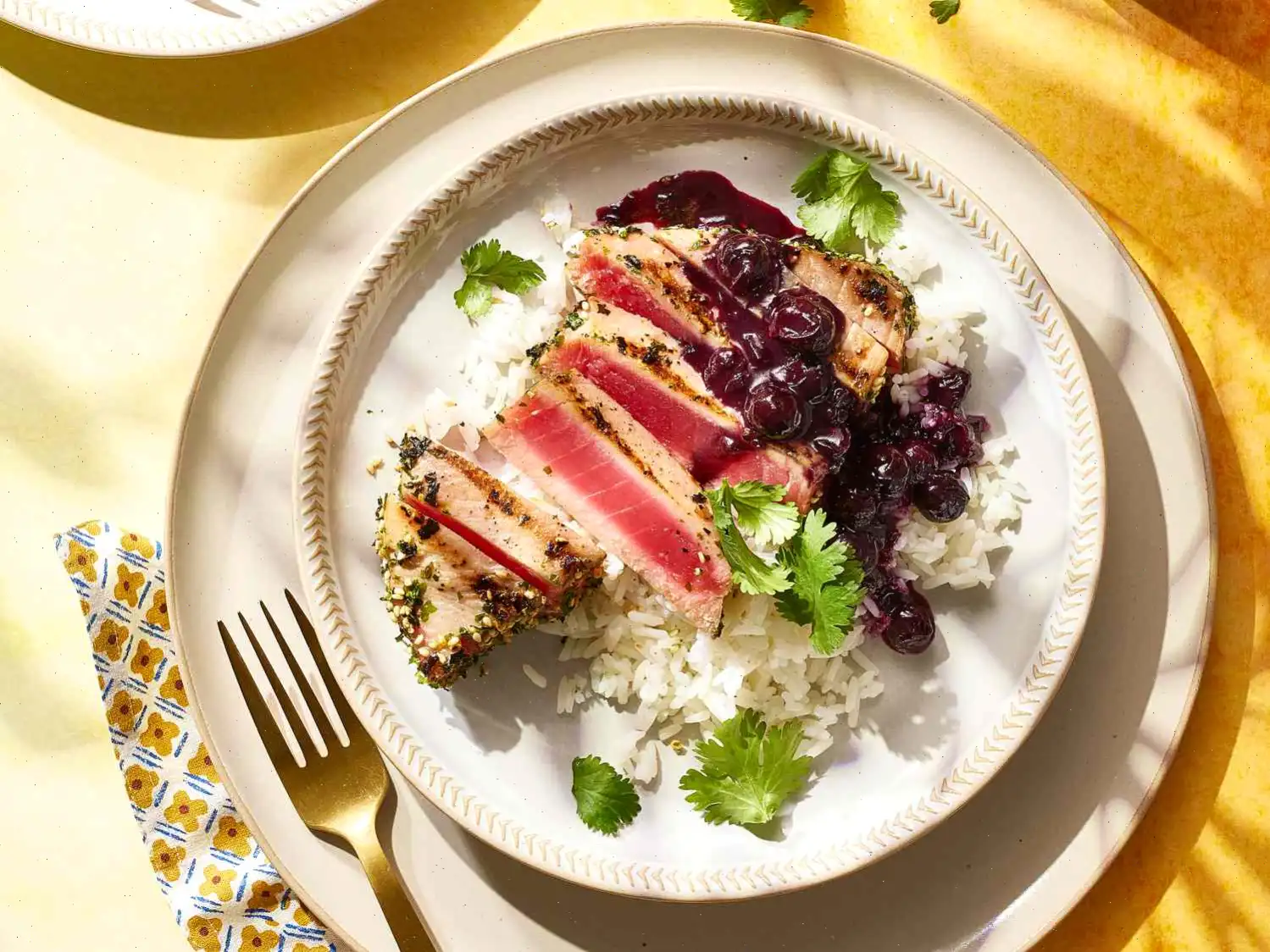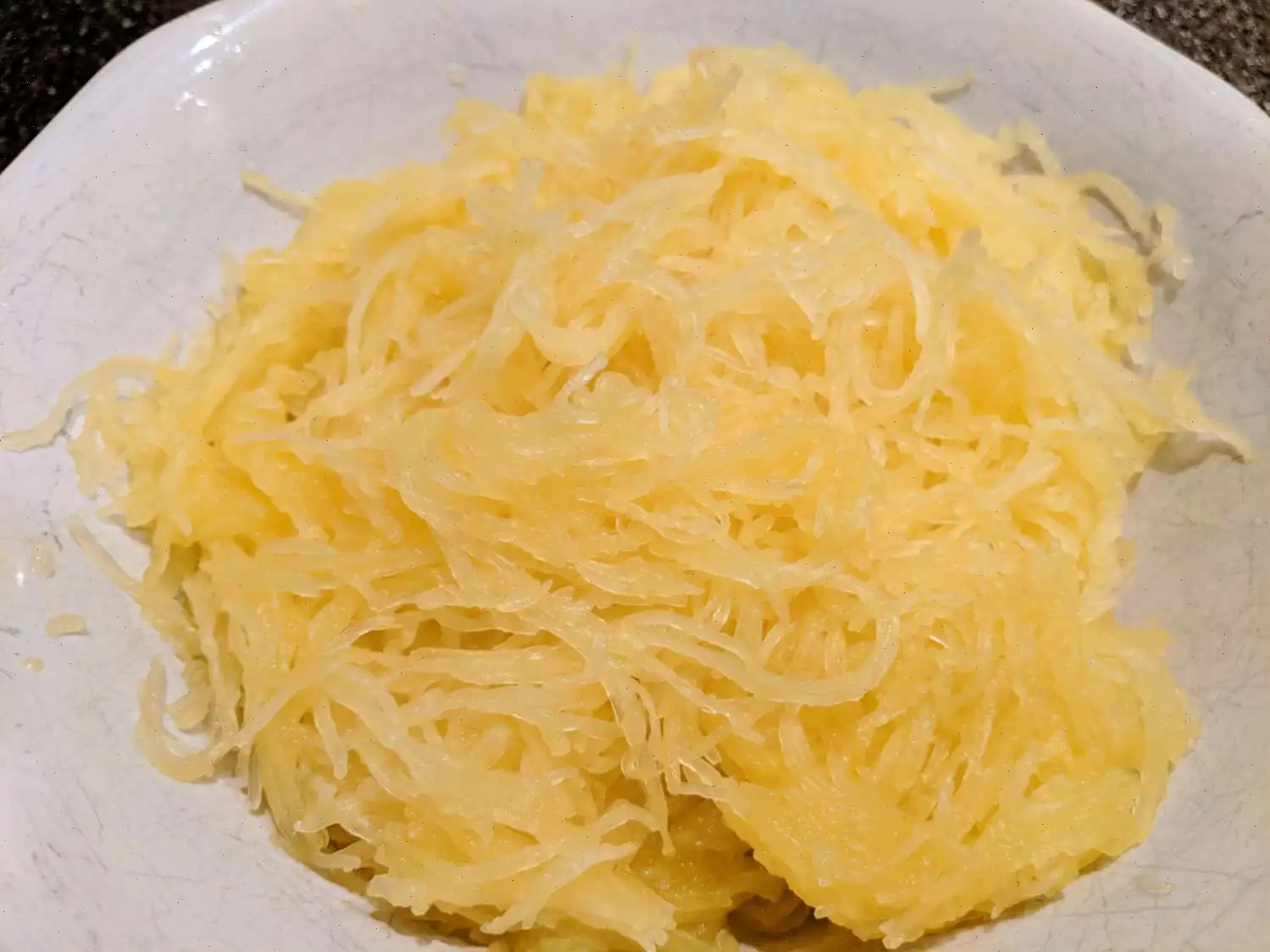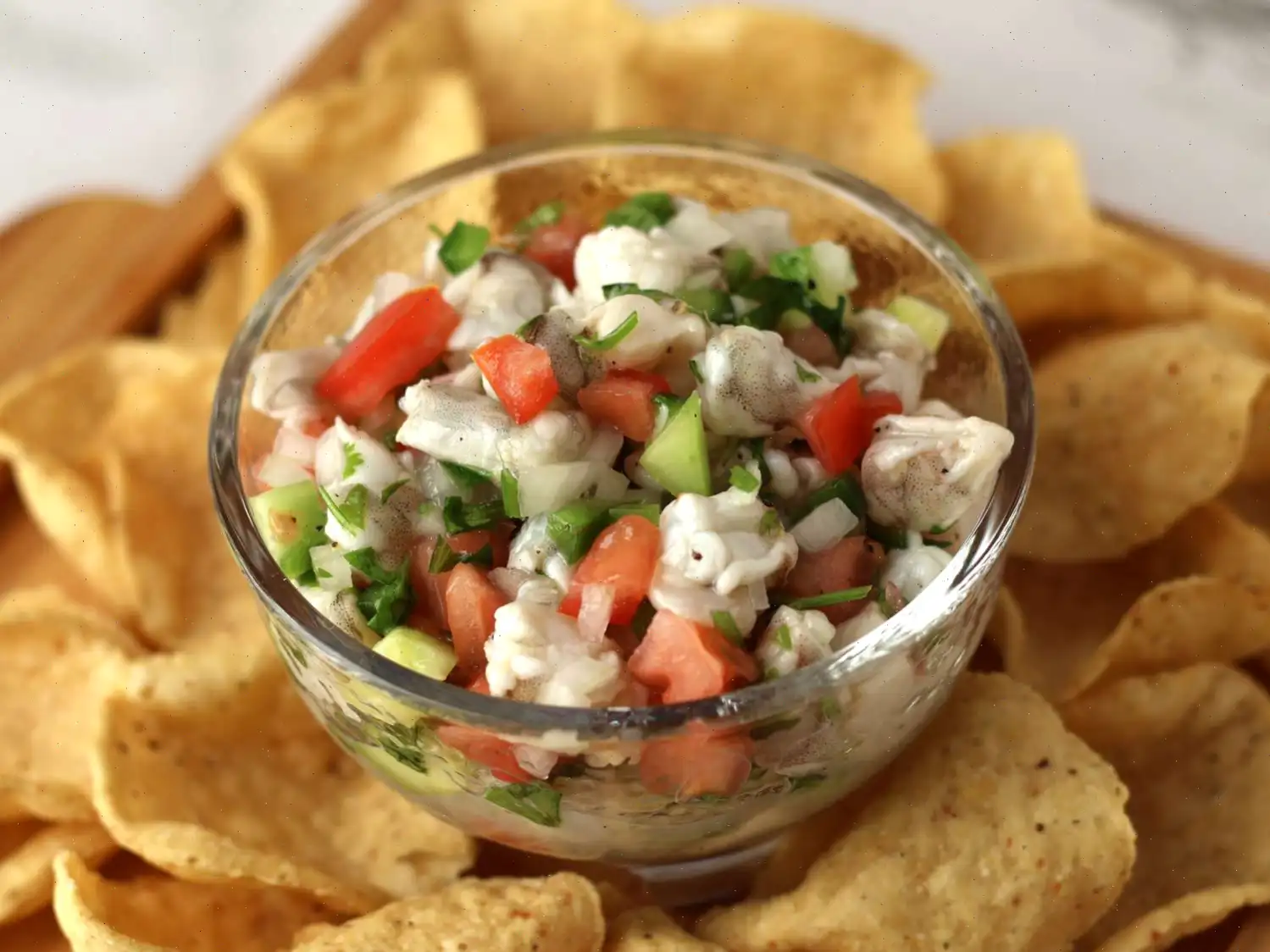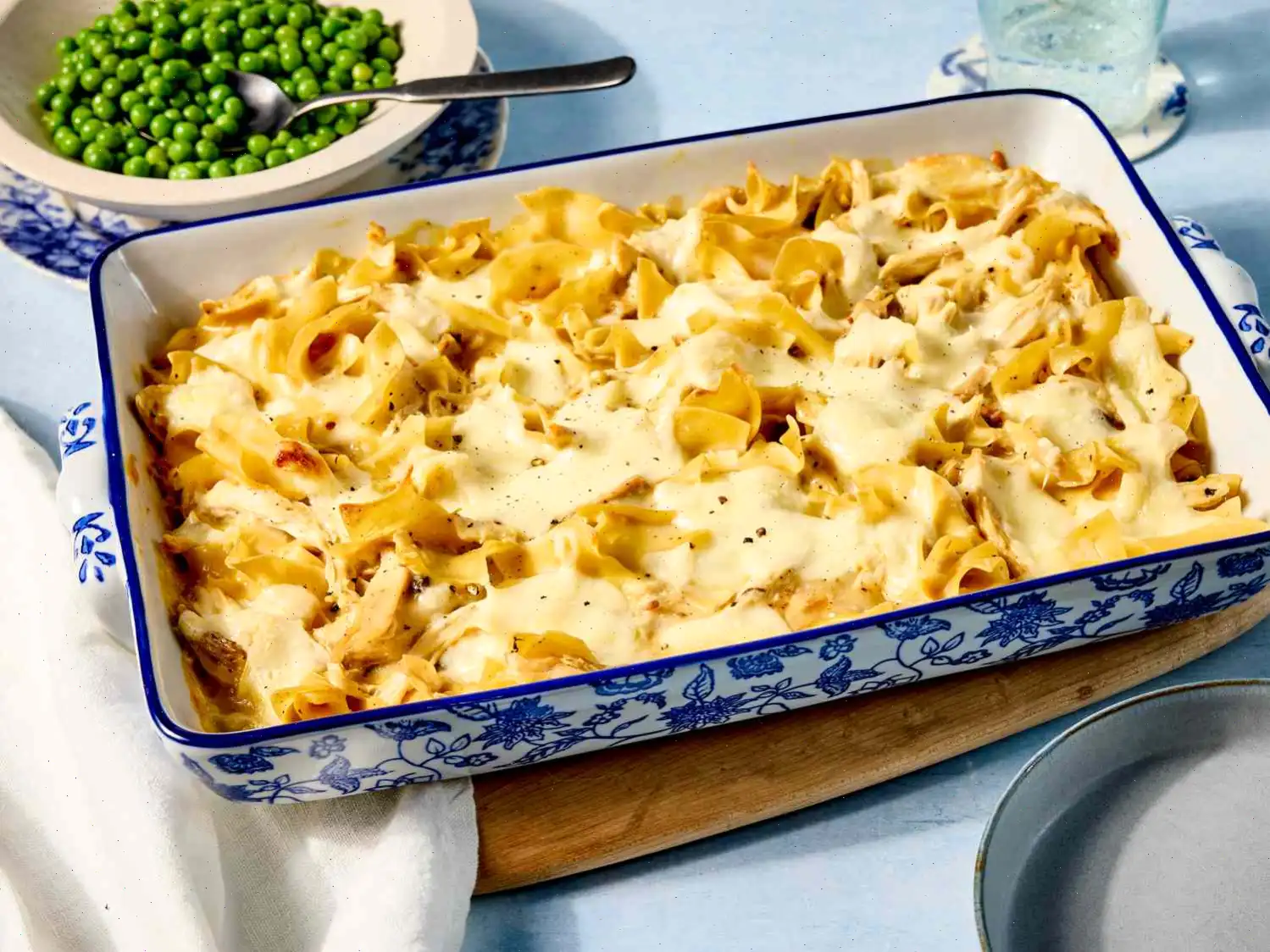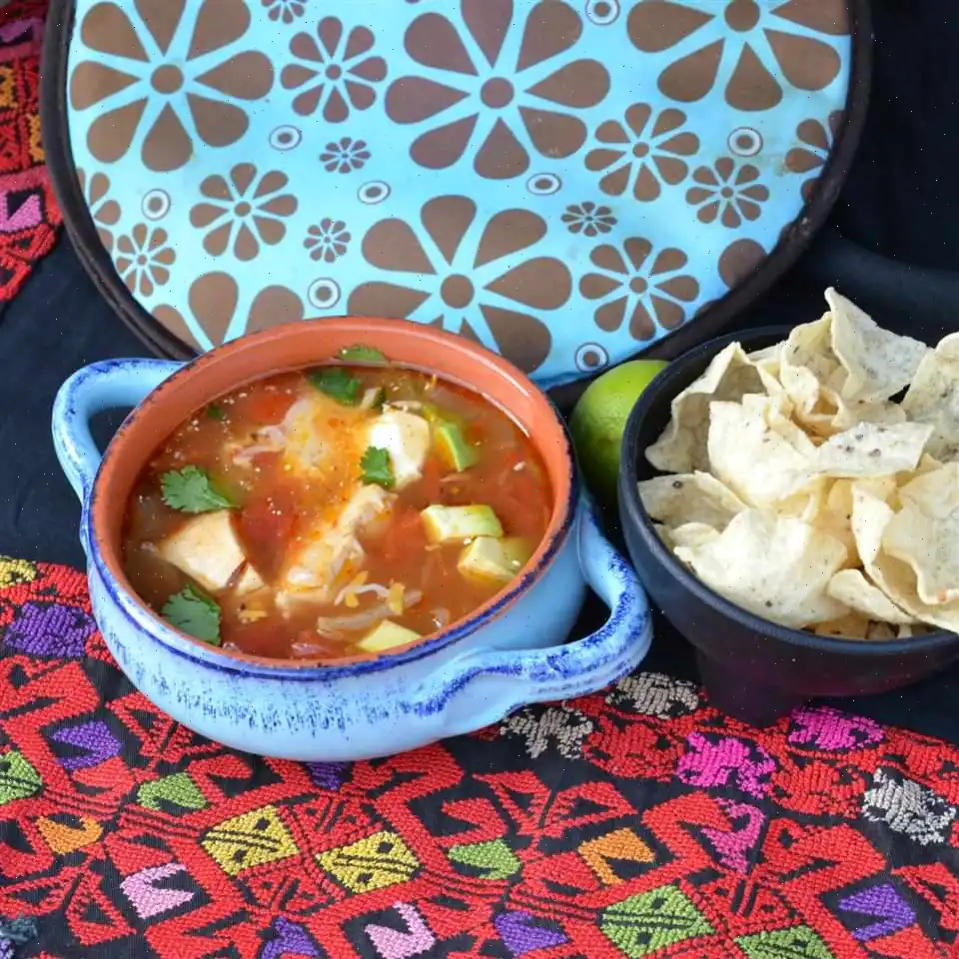
Grilled Tuna Steaks with Wasabi-Blueberry Sauce Recipe
Ingredients
- 1 tablespoon vegetable oil
- 1 shallot, minced
- 1 (6 ounce) package fresh blueberries
- 1 tablespoon honey
- 1 tablespoon less-sodium soy sauce
- 1 teaspoon rice vinegar
- 1 teaspoon wasabi paste
- 1 1/2 pounds sushi-grade tuna steaks (1-inch thick)
- 1/4 teaspoon salt
- 1/4 teaspoon freshly ground black pepper
- 1 tablespoon furikake seasoning, or more as needed
- Hot cooked rice, for serving
- Chopped fresh cilantro, for garnish
Directions
Step 1: Begin by making the sauce. Heat vegetable oil in a small saucepan over medium heat. Add the minced shallot and cook for 3 to 5 minutes, stirring occasionally, until the shallot softens.
Step 2: Add fresh blueberries, honey, soy sauce, and rice vinegar to the saucepan. Bring the mixture to a boil, then reduce the heat and simmer uncovered for about 5 minutes, or until most of the blueberries have burst open. Remove from heat and transfer the mixture to a medium-sized bowl.
Step 3: To cool the sauce quickly, set the bowl in a larger bowl filled with ice water. Let it cool completely, approximately 20 minutes. Stir in wasabi paste once cooled.
Step 4: While the sauce cools, preheat your grill to medium-high heat, around 375 to 400F (190 to 200C). Pat the tuna steaks dry with paper towels, then season them with salt and pepper.
Step 5: Spread furikake seasoning on a small plate. Roll the edges of the tuna steaks in the furikake to coat them evenly.
Step 6: Oil the grill grates, then place the tuna steaks on the grill. Cover and cook, turning the steaks halfway through, for about 4 minutes. The tuna should remain pink in the center. Transfer the steaks to a cutting board, tent with foil, and let rest for 5 minutes.
Step 7: Slice the tuna steaks thinly and serve them over hot cooked rice. Drizzle with the blueberry wasabi sauce and garnish with fresh cilantro.
Cook's Notes
- Lessen Sodium: Omit or reduce soy sauce. Instead of rolling the tuna in furikake, use just 1/2 teaspoon and sprinkle it over the sliced tuna as a garnish.
- Boost Protein: Add protein-packed steamed edamame on the side for a complete meal.
- Shrink the Sweet Stuff: Reduce honey by 1 teaspoon to cut added sugars by two-thirds.
Nutrition Facts (per serving)
| Nutrition Information | Amount |
|---|---|
| Calories | 321 |
| Total Fat | 5g |
| Saturated Fat | 1g |
| Cholesterol | 80mg |
| Sodium | 604mg |
| Total Carbohydrate | 16g |
| Dietary Fiber | 2g |
| Total Sugars | 11g |
| Protein | 51g |
| Vitamin C | 6mg |
| Calcium | 29mg |
| Iron | 2mg |
| Potassium | 1033mg |
* Percent Daily Values are based on a 2,000-calorie diet. Your daily values may be higher or lower depending on your calorie needs.
History and Origins of Grilled Tuna Steaks with Wasabi-Blueberry Sauce
The combination of tuna and fruit-based sauces has roots in both Asian and Western culinary traditions. Tuna, prized for its firm texture and rich flavor, has long been a staple in Japanese cuisine, especially in sushi and sashimi. The addition of a fruit element, such as blueberries, reflects a modern fusion approach popularized in contemporary American cuisine. The use of wasabi in the sauce ties the dish to traditional Japanese flavor profiles, adding a sharp, pungent heat that complements the natural sweetness of the berries. This particular combination likely emerged in the early 21st century as chefs sought to experiment with sweet-and-spicy seafood pairings.
Regional Variations and Features
In the United States, coastal regions such as California and New England are known for creative seafood preparations. Here, grilled tuna steaks are often paired with fresh, locally sourced fruits like blueberries or raspberries. In Japan, however, tuna is more commonly served raw or lightly seared, with condiments such as soy sauce, wasabi, and pickled ginger. The inclusion of a sweet fruit-based sauce is rare in traditional Japanese cuisine but has gained popularity in fusion restaurants where chefs blend Western and Eastern culinary techniques.
Differences from Similar Dishes
While tuna steaks are often grilled or seared and served with soy-based or citrus sauces, the wasabi-blueberry sauce sets this recipe apart. Traditional teriyaki or miso-glazed tuna emphasizes savory or umami flavors, whereas the wasabi-blueberry sauce introduces a layered complexitysweet, tangy, and mildly spicythat creates a unique taste experience. Unlike standard fruit sauces used for pork or chicken, the combination of tunas firm texture and the boldness of wasabi allows the flavors to balance rather than overpower the fish.
Serving Occasions
This dish is typically served in upscale restaurants specializing in seafood or contemporary fusion cuisine. It is often presented as an entre with steamed rice or lightly sauted vegetables. The striking visual contrast between the pink tuna, dark blueberry sauce, and vibrant green cilantro garnish makes it a popular choice for dinner parties and gourmet tasting menus. It can also be adapted for home grilling, making it suitable for summer barbecues or festive family meals.
Interesting Facts
- Tuna is one of the few fish that can be served rare due to its low risk of parasites, making it ideal for quick grilling.
- Blueberries are rich in antioxidants and add not only flavor but also nutritional value to the dish.
- Furikake seasoning, traditionally sprinkled over rice, adds a subtle umami crunch to the edges of the tuna.
- The combination of wasabi and blueberries is unusual, but the spicy-sweet interplay highlights the versatility of modern fusion cuisine.
- Grilling tuna for just a few minutes ensures it remains moist and tender, a key difference from overcooked fish that loses its delicate texture.
FAQ about Grilled Tuna Steaks with Wasabi-Blueberry Sauce Recipe
Comments
Gregory Gomez
12/29/2023 05:07:44 PM
If this recipe were a boxing match, there would be a flurry of flavors competing for attention. The combination of fruit salad dressing and pad Thai sauce may seem unexpected at first glance, but upon further inspection, it's clear that this is a bold and intriguing culinary experiment.
Maria Torres
05/04/2024 11:02:17 PM
I prepared this dish for dinner tonight! It was a hit with my family! I doubled the amount of blueberry sauce for extra flavor. Since I used frozen blueberries, I added a tablespoon of cornstarch to thicken the sauce. We decided to sprinkle some orange-flavored furikake on top. Delicious meal!


